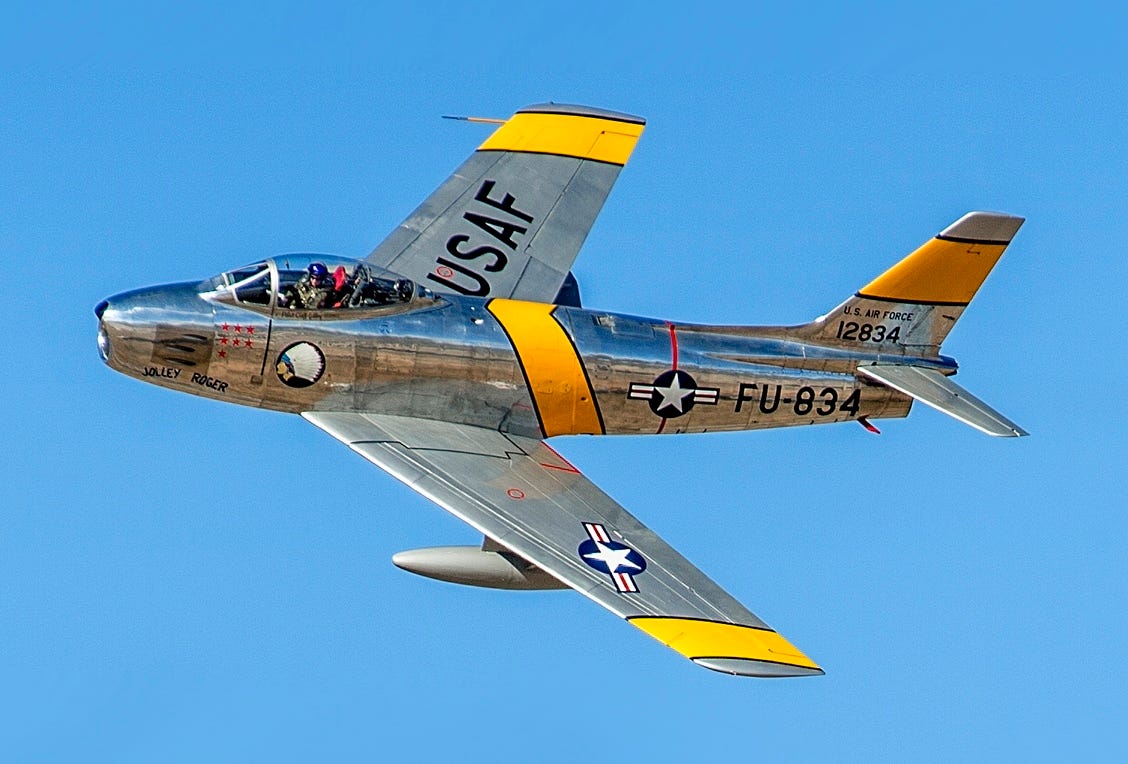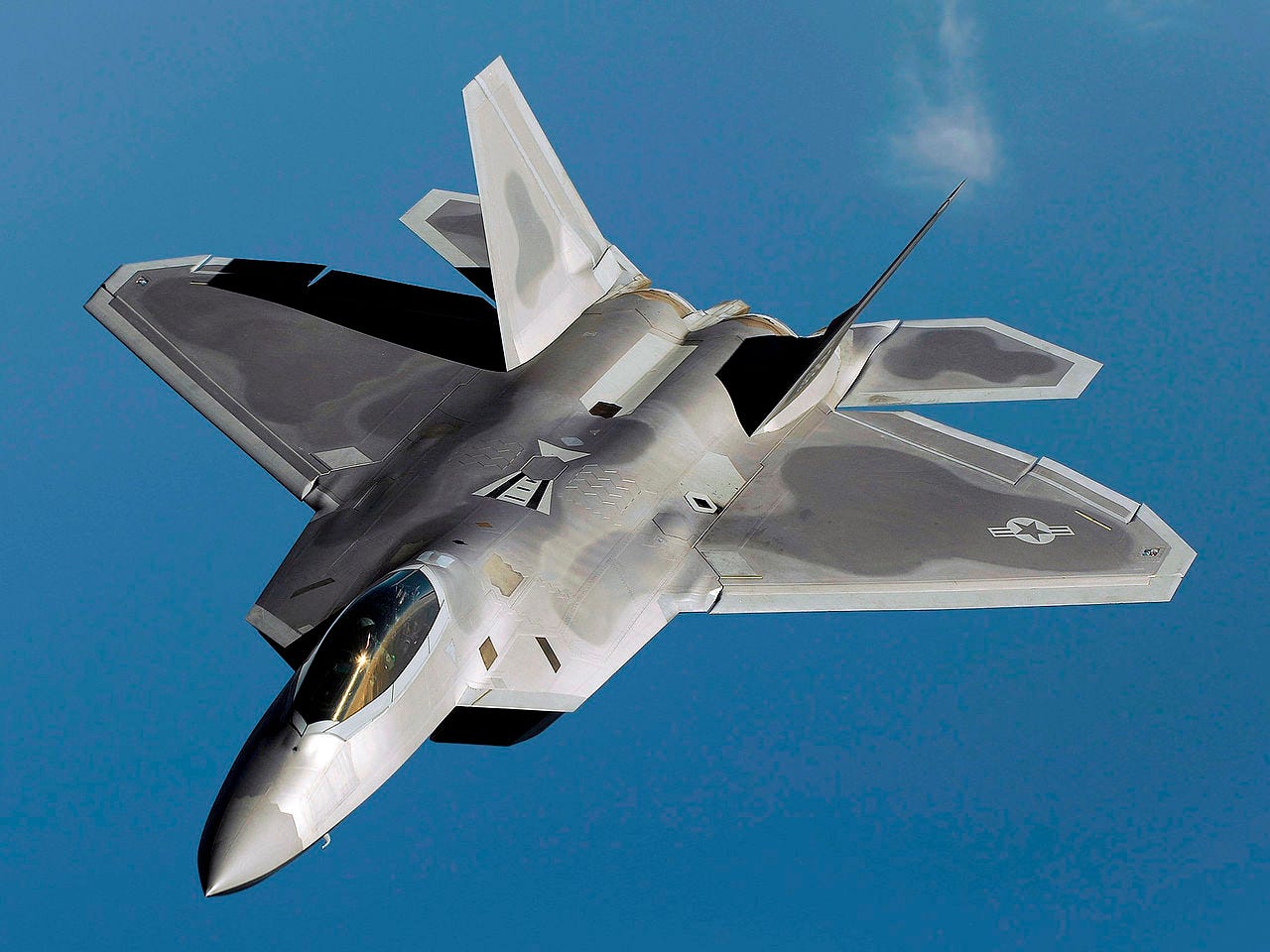The Evolution of Aircraft: From First to Sixth Generation
How Aircraft Design Has Transformed Over the Decades
Introduction
Aircraft have come a long way since the early days of aviation. From slow-moving, propeller-driven planes to supersonic jets and stealth fighters, each generation of aircraft brought something new. But what exactly makes one generation different from another? Let’s take a deep dive into the different generations of aircraft and see how they changed the skies!
First Generation (1940s–1950s): The Birth of Jet Fighters
Key Features:
Early jet engines, no afterburners
Straight wings
Basic radar, if any
Limited maneuverability
Machine guns and unguided rockets
What Was Special About Them?
The first generation of jet aircraft replaced propeller-driven planes, marking the dawn of the jet age. These aircraft were simple in design and lacked advanced avionics, relying on machine guns and unguided rockets for combat. However, early jet engines were often unreliable, and pilots had to adapt to the new technology.
Examples:
Messerschmitt Me 262 (Germany): The world’s first operational jet fighter.
Gloster Meteor (UK): The only Allied jet to see combat in World War II.
F-86 Sabre (USA): Known for dogfights in the Korean War, it introduced swept wings in later models, improving performance.
Second Generation (1950s–1960s): Faster and Deadlier
Key Features:
Afterburners* for more speed
Swept-back wings
Early guided missiles
Basic radar systems
What Changed?
The biggest leap here was speed. Fighters could now go supersonic (faster than sound). Aircraft began using radar to detect enemies from farther away. Instead of just machine guns, they now had radar and infrared-guided missiles that could lock onto targets. However, early missiles were often unreliable, and pilots still relied on guns for close-range combat.
*Afterburner: A system that injects extra fuel into the exhaust, boosting speed but consuming more fuel.
Examples:
MiG-21 (USSR): the most widely produced jet fighter in history.
F-104 Starfighter (USA): Nicknamed “the missile with a man in it” for its sleek design, though its high accident rate highlighted the challenges of pushing speed limits.
English Electric Lightning (UK): One of the fastest interceptors of its time.
Third Generation (1960s–1970s): Smart Weapons Arrive
Key Features:
Better maneuverability
Advanced radars
Air-to-air and air-to-ground guided missiles
More reliable jet engines
Why Was This Important?
This was the era of multi-role fighters, which could attack both air and ground targets. Aircraft became more reliable, and pilots had better radars to find their enemies. Missiles also became more advanced, increasing their accuracy. Third-gen fighters were the first to incorporate “look-down/shoot-down” radar, allowing them to engage low-flying targets.
Examples:
F-4 Phantom II (USA): A powerhouse in the Vietnam War, though its initial lack of a cannon proved to be a lesson learned.
MiG-23 (USSR): One of the most widely used fighter jets in history.
Mirage III (France): A fast and sleek interceptor used worldwide.
Fourth Generation (1970s–1990s): Agility and Technology Boost
Key Features:
High maneuverability
Fly-by-wire controls (computer-assisted flying)
Multi-role capability
Beyond-visual-range (BVR) combat
What Made These Fighters Different?
These jets were faster, smarter, and deadlier. They had advanced radars, long-range missiles, and fly-by-wire technology, which made them easier to handle. They could attack targets beyond what the pilot could see with their eyes. Fourth-gen fighters were also designed with energy-maneuverability theory in mind, optimizing for sustained turn rates and specific excess power.
Important Terms:
Fly-by-Wire: A system where computers assist the pilot in controlling the aircraft.
BVR Combat: Engaging enemies from long distances using guided missiles and radar tracking.
Examples:
F-16 Fighting Falcon (USA): An agile dogfighter used worldwide.
MiG-29 Fulcrum (USSR): A fast and powerful air superiority fighter.
Su-27 Flanker (USSR): Known for its supermaneuverability, later variants even incorporated thrust-vectoring for extreme agility.
4.5 Generation (1990s–Present): Bridging the Gap
Key Features:
Some stealth elements
Improved radar and sensors
Advanced electronic warfare
High agility and data sharing
Why Is This a Half-Step?
These jets are more advanced than fourth-gen fighters but lack full stealth technology. They integrate electronic warfare systems and improved networking to share information in real time. Many 4.5-gen fighters also feature active electronically scanned array (AESA) radars, which significantly enhance situational awareness.
Examples:
F/A-18E/F Super Hornet (USA): A modernized carrier-based fighter.
Eurofighter Typhoon (Europe): A fast and agile multi-role aircraft.
Su-35 Flanker-E (Russia): A highly maneuverable jet with advanced avionics, though it lacks stealth.
Fifth Generation (1990s–Present): Stealth and Supercomputers
Key Features:
Stealth technology (low radar visibility)
Supercruise (sustained supersonic flight without afterburner)
Advanced sensors and networking
Data fusion (combining info from multiple sources)
The Stealth Era Begins
Fifth-generation fighters brought stealth, making them nearly invisible to enemy radars. They also introduced supercruise, allowing them to fly at supersonic speeds without using afterburners. These jets rely heavily on data fusion, combining multiple sources of information for a complete battlefield picture. Sensor fusion integrates data from radar, infrared, and other systems into a single display for the pilot.
Examples:
F-22 Raptor (USA): The first operational fifth-gen fighter, designed for air superiority.
F-35 Lightning II (USA): A multi-role platform with extensive international partnerships.
Chengdu J-20 (China): China’s first stealth fighter, emphasizing long-range strike capabilities.
Sixth Generation (Future): The Next Frontier
Expected Features:
AI-assisted pilots and drone swarms
Hypersonic speeds (above Mach 5)
Laser weapons
Advanced stealth and electronic warfare
The Future of Air Combat
Sixth-generation fighters are expected to push the boundaries of speed, stealth, and AI integration. These jets may operate alongside drone swarms, use hypersonic speeds, and incorporate laser weaponry. Advanced electronic warfare will be key to countering threats in modern battlefields. Adaptive cycle engines, which optimize performance for both subsonic and supersonic flight, may also play a major role.
Possible Examples:
NGAD (USA): The Next-Generation Air Dominance program aims to replace the F-22.
Tempest (UK/Europe): A collaborative effort to develop a sixth-gen fighter.
Shenyang J-XX (China): China’s ambitious project to compete with Western sixth-gen designs.
From the early days of jet engines to the futuristic possibilities of AI and hypersonic flight, aircraft have evolved dramatically over the decades. Each generation brought new technologies and capabilities, shaping the way wars are fought and skies are dominated.
As we look to the future, sixth-generation fighters promise to revolutionize air combat once again, blending human skill with cutting-edge technology.
The skies of tomorrow will be faster, stealthier, and smarter than ever before!






